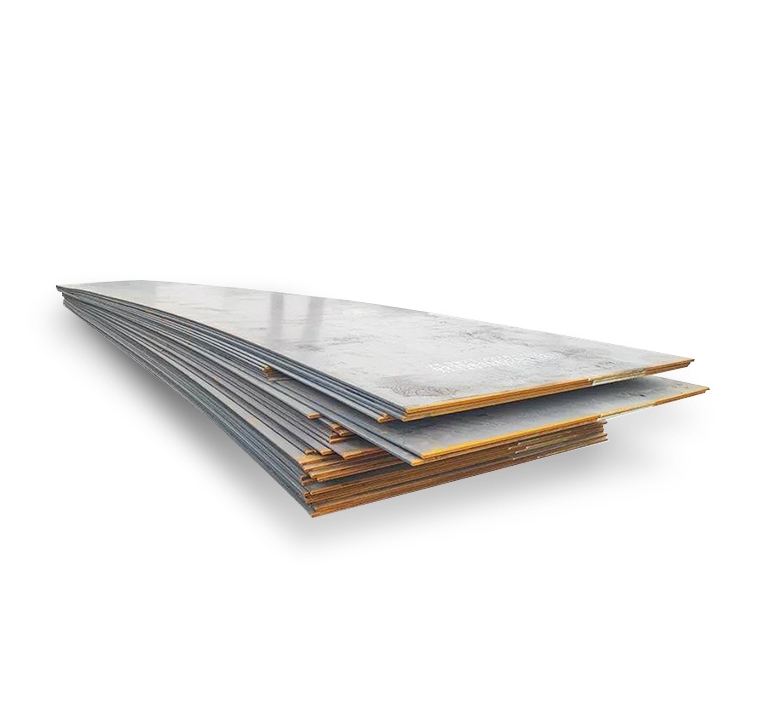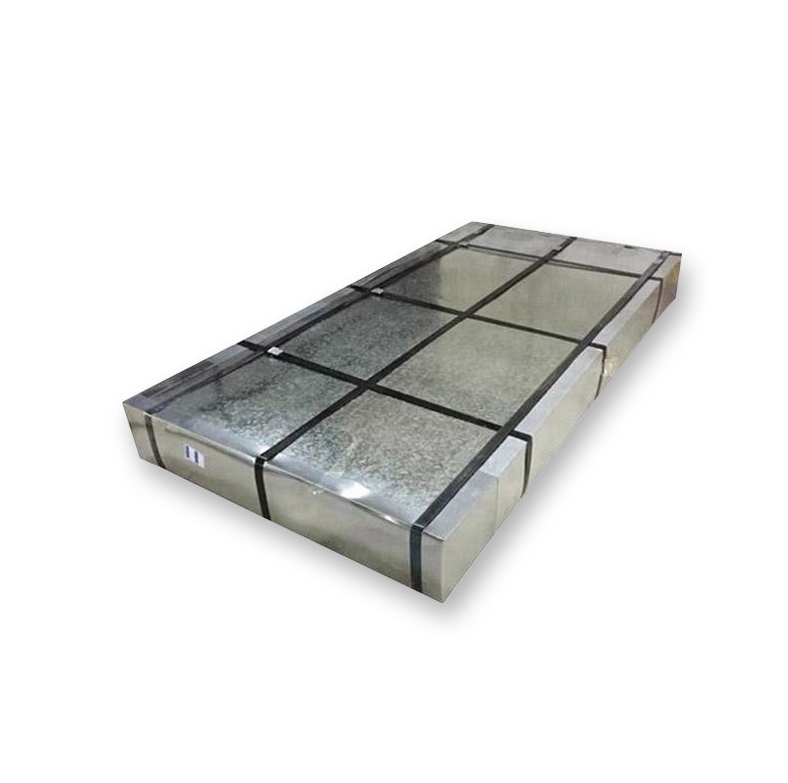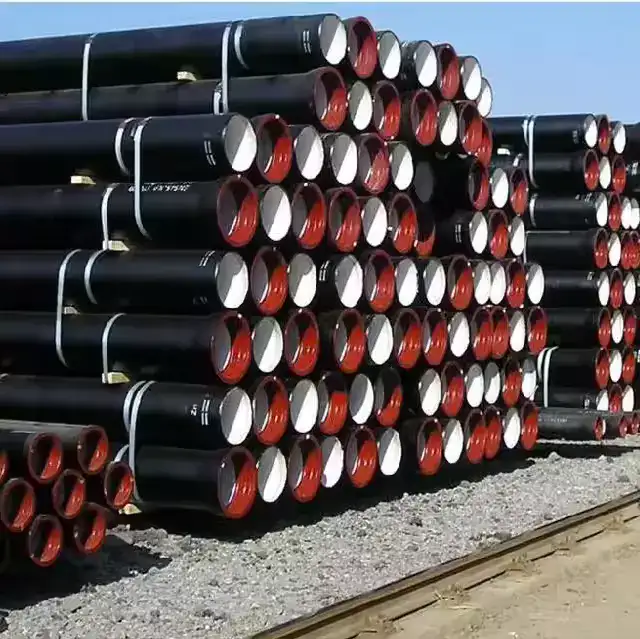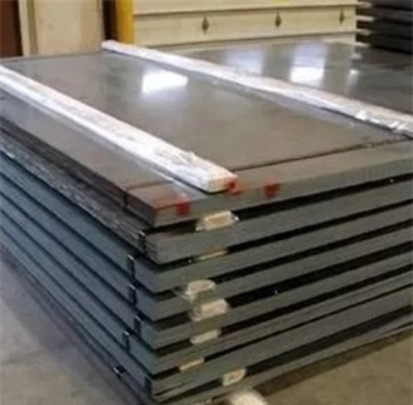ASTM A285: Carbon Steel Plates for Pressure Vessels
ASTM A285 is a standard specification covering carbon steel plates of low and intermediate tensile strength. These plates are primarily intended for the manufacture of fusion-welded pressure vessels and boilers where moderate strength is suitable and where atmospheric temperatures are generally encountered.
Key Characteristics and Grades
The specification encompasses three distinct grades, differentiated by their minimum tensile strength levels:
- Grade A: Minimum Tensile Strength 45-65 ksi (310-450 MPa)
- Grade B: Minimum Tensile Strength 50-70 ksi (345-485 MPa)
- Grade C: Minimum Tensile Strength 55-75 ksi (380-515 MPa)
Plates under this specification are typically supplied in the as-rolled condition. However, they may also be ordered normalized or stress-relieved if required by the purchaser. The choice of grade depends on the specific design pressure and temperature requirements of the intended application. Companies like Shanxi Luokaiwei Steel Company can provide materials according to these specified grades and conditions.
Chemical Composition
The chemical composition for ASTM A285 steel is controlled to achieve the desired mechanical properties and weldability. The main elements include controlled amounts of carbon and manganese, with maximum limits for phosphorus and sulfur to ensure steel quality. Specific limits vary slightly between grades.
- Carbon (C): Varies by grade and thickness.
- Manganese (Mn): Varies by grade and thickness.
- Phosphorus (P): Max 0.025% (often lower in practice).
- Sulfur (S): Max 0.025% (often lower in practice).
Adherence to these chemical requirements is crucial for performance, and reliable suppliers such as Shanxi Luokaiwei Steel Company ensure compliance through rigorous testing.
Mechanical Properties
Beyond tensile strength, other important mechanical properties for ASTM A285 include yield strength and elongation. These properties ensure the material can withstand operational stresses and can be fabricated without failure.
- Yield Strength (minimum): Varies by grade, typically around 24 ksi (165 MPa) for Grade A, 27 ksi (185 MPa) for Grade B, and 30 ksi (205 MPa) for Grade C.
- Elongation (minimum % in 8 in. [200mm] or 2 in. [50mm]): Depends on grade and thickness, indicating ductility.
It’s important to consult the standard for precise values based on thickness. Mill test reports from suppliers, including Shanxi Luokaiwei Steel Company, will detail the actual mechanical properties of the supplied material.
Applications and Limitations
ASTM A285 steel is commonly used in the construction of:
- Low to moderate pressure boilers.
- Unfired pressure vessels.
- Storage tanks.
- Other general pressure-retaining components.
However, ASTM A285 is not generally recommended for applications involving low-temperature service where notch toughness is critical, nor for lethal service applications. For such demanding applications, other steel grades like ASTM A516 are preferred. When sourcing A285 for appropriate uses, partnering with experienced steel providers like Shanxi Luokaiwei Steel Company is advisable.
Fabrication and Weldability
ASTM A285 steel exhibits good weldability using common fusion welding processes. Its chemical composition is designed to facilitate straightforward welding without requiring extensive preheat or post-weld heat treatment in many cases, though specific procedures should always be developed based on the thickness and welding process used. The material also offers good formability. Quality material from producers like Shanxi Luokaiwei Steel Company supports efficient fabrication processes.







